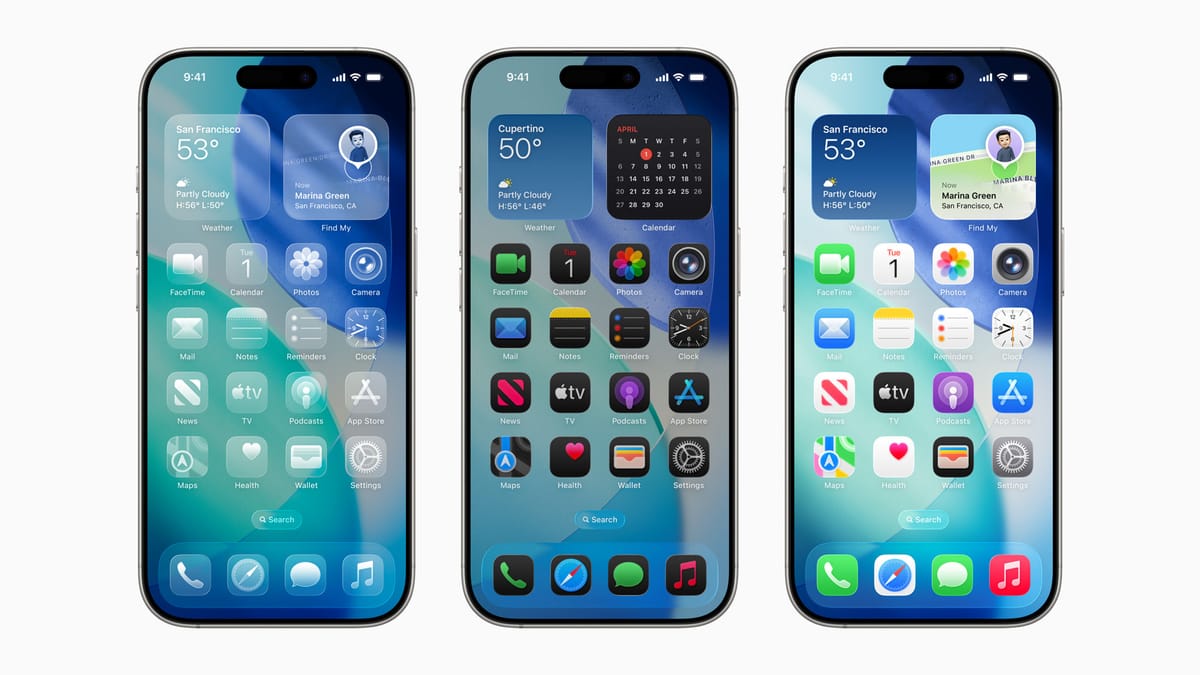Did Rejecting Elon Musk's $5 Billion Offer Put Apple’s Satellite Ambitions at Risk?

Are We Witnessing a New Space Race—This Time for Your Smartphone Signal? In 2022, as Apple geared up to launch the iPhone 14, Elon Musk threw a $5 billion curveball that could have changed mobile connectivity forever. His proposal: bring SpaceX’s Starlink satellite service to every iPhone. Apple’s response? A polite but firm ‘no thanks.’ That decision set off an escalating rivalry with consequences that reach far beyond Silicon Valley. Let’s dive in.
🚀 The Battle for Smartphone Satellite Connectivity
In a world where we demand to be connected everywhere—mountaintops, seas, disaster zones—traditional cellular networks just aren’t cutting it. Enter satellites, the tech giants racing to fill the coverage gap. Here’s what happened behind the scenes:
- Elon Musk’s Grand Proposal: SpaceX offered Apple a $5 billion deal as an upfront payment and $1 billion annually after 18 months of exclusivity. The goal? Make Starlink the backbone of iPhone satellite connectivity.
- Apple’s Gamble: Instead of Starlink, Apple partnered with Globalstar, a much smaller player, committing $1.7 billion—of which $1.1 billion funded new satellites. Internally, executives worried about Globalstar’s outdated tech and limited future upgrades.
- An Intensifying Rivalry: After rejection, Musk promised to create a direct rival. Within months, SpaceX, in partnership with T-Mobile, launched Starlink Direct to Cell—enabling even iPhones to connect via satellite, but on T-Mobile’s network.
- Legal Fireworks: SpaceX didn't just compete; it went after Globalstar’s rights to a vital wireless spectrum, claiming underutilization and an attempt to lock out rivals.
Why does this matter? Satellite connectivity may soon redefine how we stay connected—especially when ground-based networks fail.
🌐 Why Satellite Is the Next Connectivity Battleground
- 5 Billion: The dollar amount on Musk’s table for Apple, outstripping Apple’s $1.7 billion Globalstar investment by nearly threefold.
- 18 months: The exclusivity period Musk offered—to lock in Starlink as the iPhone’s satellite provider before facing competition.
- Globalstar’s Challenge: Apple’s choice doubled down on a partner with aging infrastructure and limited room for technological advances, risking regulatory scrutiny that could even see Apple classified as a telecom carrier.
- Direct Impact: Starlink’s broad vision means satellite service could extend to all smartphone users—yes, even non-iPhone owners—raising the stakes for who owns our ‘always-connected’ future.
💡 Solutions in Motion: Investment, Innovation, and Lawsuits
- ✅ Apple’s Big Bet: $1.7 billion to help Globalstar refurbish and expand its satellite network, aiming to roll out satellite messaging and emergency services to millions of iPhones globally.
- ✅ SpaceX’s Fast Move: Starlink Direct to Cell, developed in weeks with T-Mobile, leverages SpaceX’s massive LEO satellite constellation—poised to bring satellite connectivity to a variety of smartphones, not just iPhones.
- ✅ Industry Disruption: SpaceX’s legal push attempts to force Globalstar to open spectrum for competitors, potentially democratizing and accelerating satellite connectivity innovation.
Is this enough? The scale of investments and speed of launches suggest these aren’t moonshots—they’re new industry standards being set in real time.
⚠️ Roadblocks on the Satellite Superhighway
- 🚧 Regulatory Hurdles: Apple faces scrutiny for its tight relationship with Globalstar. If considered a telecom carrier, Apple could be hit with massive compliance costs and oversight.
- ⚠️ Technology Gaps: Globalstar’s satellites lag behind Starlink’s in upgradeability and speed—impacting both service quality and future features for Apple users.
- 🚧 Legal Uncertainty: Ongoing lawsuits could upend existing spectrum allocations, upending Apple’s strategy mid-stream and forcing costly pivots.
- ⚠️ Market Fragmentation: Competing standards (Globalstar vs. Starlink) risk leaving consumers confused or forced to switch providers—especially if Android makers jump onto Starlink’s open approach.
🚀 Final Thoughts: Is Apple Playing Catch-Up, or Will Its Cautious Approach Win Out?
The battle isn’t just about coverage—it's about who defines the future of how we connect when cell towers aren’t enough. If Apple’s Globalstar gamble pays off with reliable, seamless service, Tim Cook’s risk will seem prescient. But if Starlink’s rapid innovation and legal muscle force a shakeup, Apple could find itself scrambling for a new partner—or a new plan.
- ✅ Conditions for Success: Quick technology upgrades, regulatory approval, and consumer trust in satellite-based connectivity.
- 📉 Possibility of Failure: More legal setbacks, stagnation with Globalstar tech, or unresolved regulatory questions.
- 🚀 The Big Question: Will your next smartphone be powered by a sweeping network of tiny satellites overhead, no matter the brand? Or will tech giants keep drawing lines in the sky?
Where do you stand? Would you trust Apple’s careful approach, or are you rooting for Musk’s rocket-fueled disruption?
Let us know on X (Former Twitter)
Sources: FE Online. Elon Musk gave Apple $5Billion ultimatum to Tim Cook – He refused,faced consequences, June 4, 2025. https://www.financialexpress.com/world-news/us-news/elon-musk-gave-apple-5billion-ultimatum-to-tim-cook-he-refused-faced-consequences/3868713/










